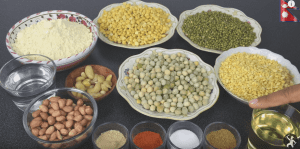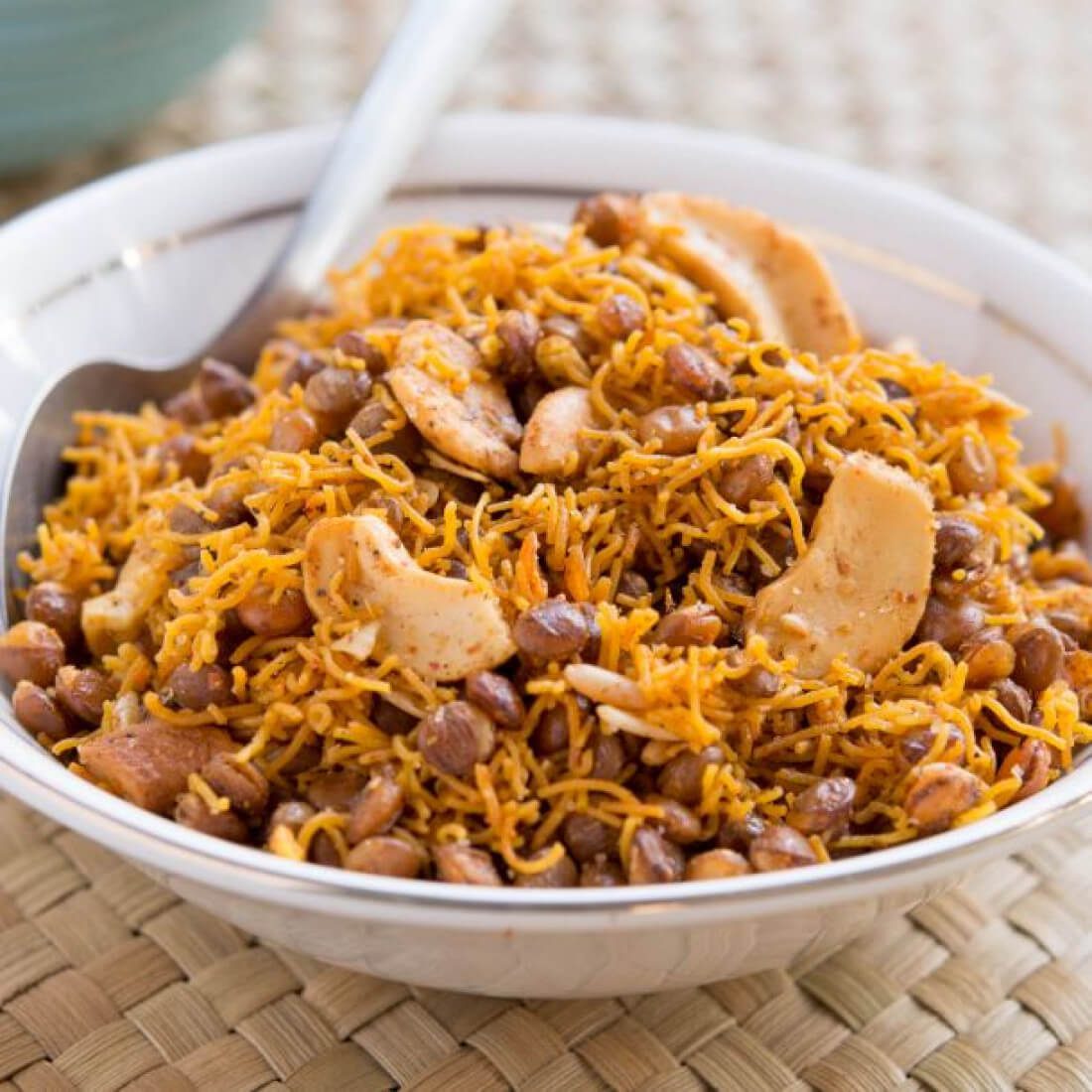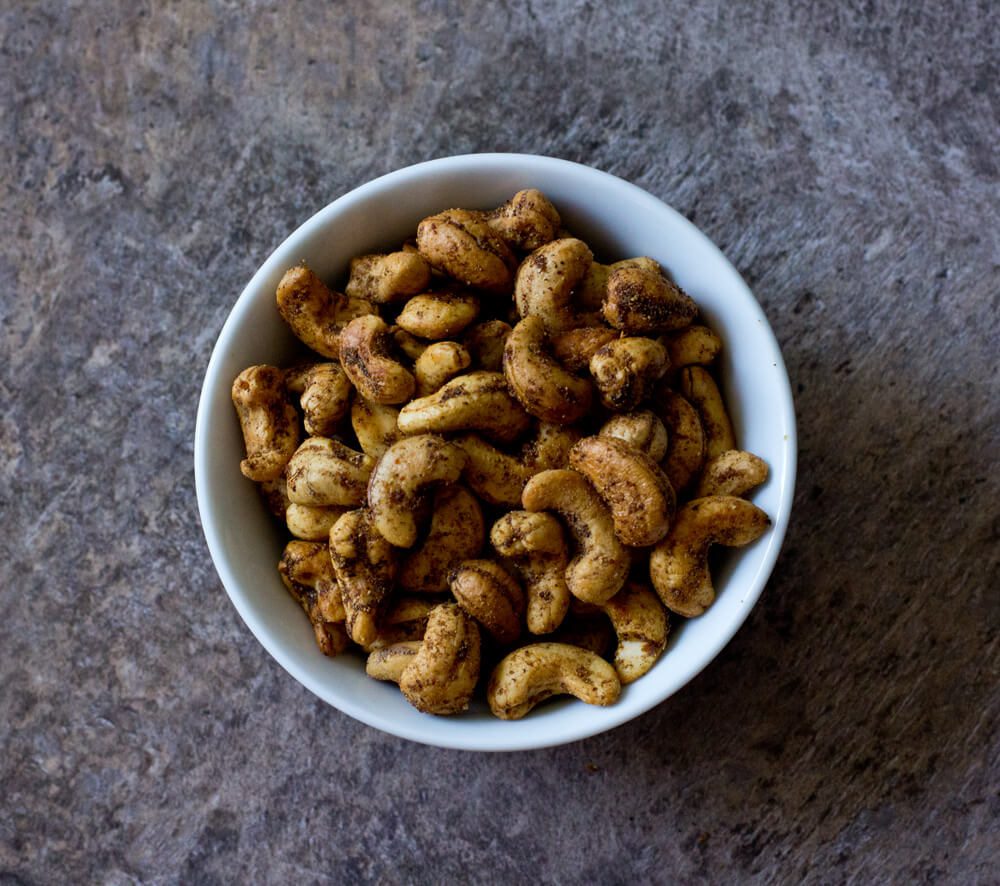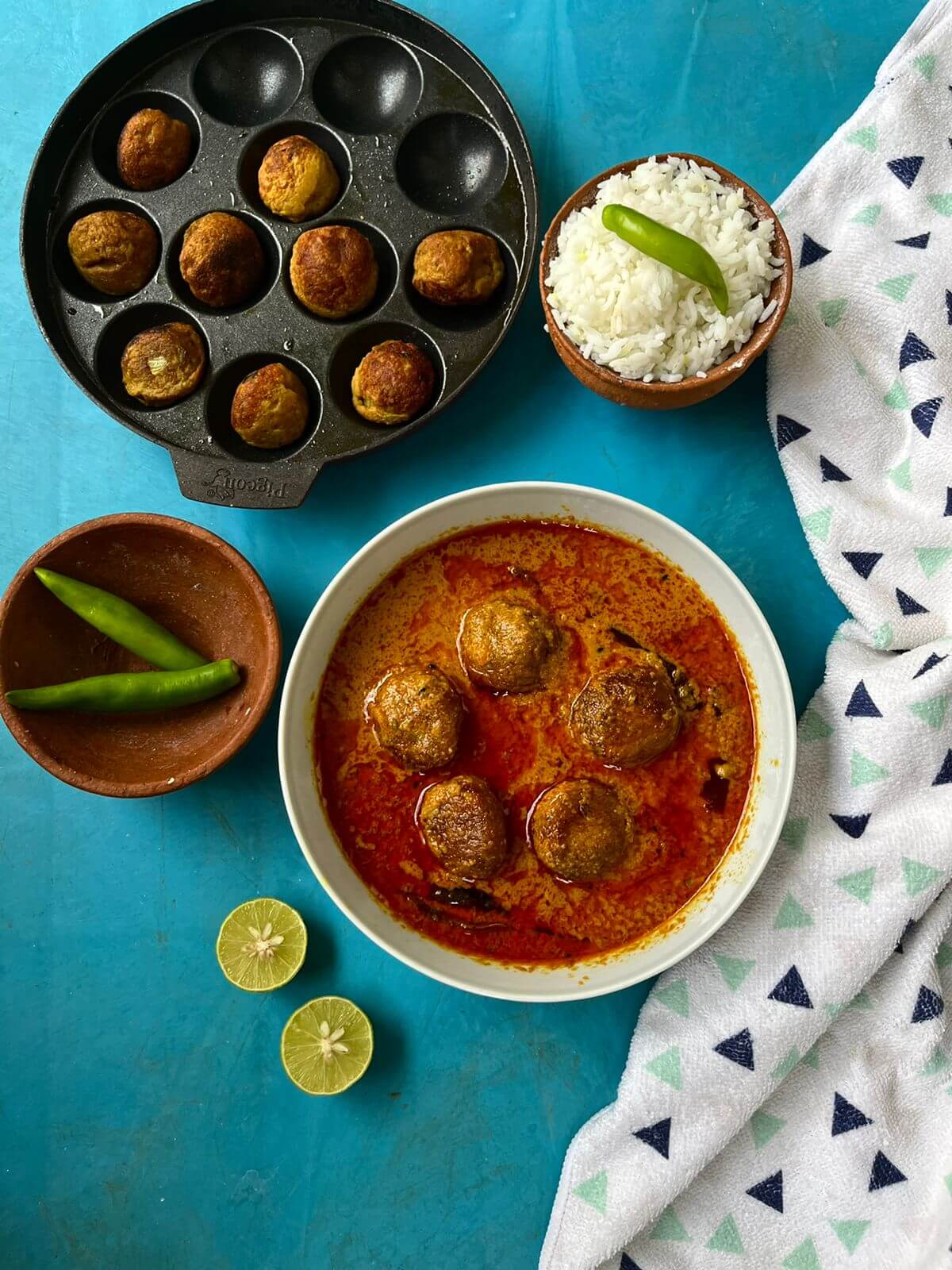Ruchira tells us about spicy mumchies, dalmots and spicy, roasted peanuts. An exclusive for Different Truths.
 For nearly a fortnight now I have stayed safely, albeit comfortably ensconced within the four walls of my home. As of now, there is not much to do beyond reading, watching flicks and of course cooking for self and family.But Man does not live by bread (read chapatti) alone; in between meals one needs to munch on tidbits. Hence I must refer to the vast wondrous galaxy branded as Namkeen (salty spicy savories). I will exclude items like samosa, kachori, (bread and other) pakodas to zero in on crunchies like dalmoth, chanachur, mixture et al. My lifelong perpetual favourite has been the legendary Agre ka Dalmoth, which originated (so it is believed) in the city of Agra , aeons ago, but gradually migrated to major parts of the country, gaining popularity in the process.
For nearly a fortnight now I have stayed safely, albeit comfortably ensconced within the four walls of my home. As of now, there is not much to do beyond reading, watching flicks and of course cooking for self and family.But Man does not live by bread (read chapatti) alone; in between meals one needs to munch on tidbits. Hence I must refer to the vast wondrous galaxy branded as Namkeen (salty spicy savories). I will exclude items like samosa, kachori, (bread and other) pakodas to zero in on crunchies like dalmoth, chanachur, mixture et al. My lifelong perpetual favourite has been the legendary Agre ka Dalmoth, which originated (so it is believed) in the city of Agra , aeons ago, but gradually migrated to major parts of the country, gaining popularity in the process.
If my memory serves right, I first tasted dalmoth way back in Guwahati when I was no more than four or five years old.
If my memory serves right, I first tasted dalmoth way back in Guwahati when I was no more than four or five years old. This was courtesy one Bhattacharya family, who lived down the lane, a few houses from us. Whenever I dropped in, the mistress of the home invariably handed me tiny bowlfuls of the scrumptious dalmoth. I recall the old couple feeling delighted to watch me tucking in gleefully.
My romance with dalmoth continued uninterrupted since our next posting was Delhi. Its proximity to Agra ensured a steady supply – be it visits by family members, guests or acquaintances – of the snack for me.
The aroma of ghee matched with the sharp odour of pepper will set your taste buds as well as your olfactory nerves tingling! Each time you munch a mouthful it turns out to be a memorable experience. A word of caution. Beware of fake versions of the dalmoth widely available in the market.
The taste of the original authentic dalmoth is to be experienced to be believed. The basic ingredient is whole grains of masoor dal/ red lentils. After soaking in water

overnight, lentils are lightly fried, placed on kitchen tissues to drain out maximum oil. Then begins the addition of condiments e.g red chilli powder, chaat masala, black pepper powder, jeera powder, amchur, hing and kala namak. To further enhance the taste as well as quality, fried spicy whole cashews, magaj (melon seed) are added. The final touch is a liberal sprinkling of sev flakes. To attain the perfectly flawless taste, lentils must be fried in pure desi ghee. The aroma of ghee matched with the sharp odour of pepper will set your taste buds as well as your olfactory nerves tingling! Each time you munch a mouthful it turns out to be a memorable experience. A word of caution. Beware of fake versions of the dalmoth widely available in the market. Only a connoisseur (read foodie) can discern the difference.
Another favourite namkeen and (comparatively) a much later addiction is roasted salted peanuts -notably a branded Rajasthani product from Kolkata – spiced with hing and jeera. As they say, “The taste of the pudding lies in the eating.” So, it would be tough for me to describe the experience. All I can say is the subtle hint of hing, the mild odour of jeera in tandem with the tang of amchur, the hot element of chili powder leaves you thrilled and craving for more.
Until a few years ago, I would shamelessly devour hing-jeera peanuts at every available opportunity. The outcome was an expanded girth, inflated groceries’ bill and dagger looks from the partner.
Yes, munching spicy peanuts is a virtually unstoppable activity. Until a few years ago, I would shamelessly devour hing-jeera peanuts at every available opportunity. The outcome was an expanded girth, inflated groceries’ bill and dagger looks from the partner. Much water has flowed through the Yamuna since and thankfully I managed to shed my excess baggage; nevertheless I must confess that I still sneak and feast on those scrumptious peanuts from time to time!
Photo from the Internet






 By
By

